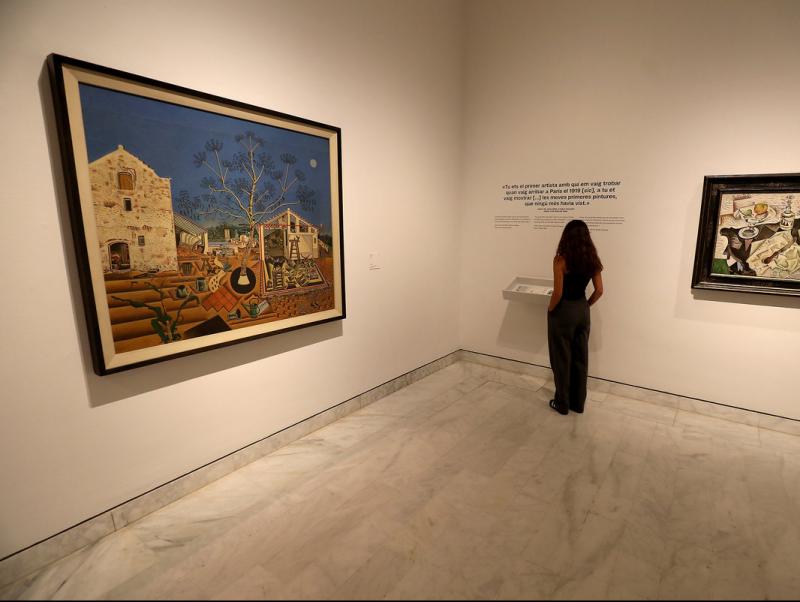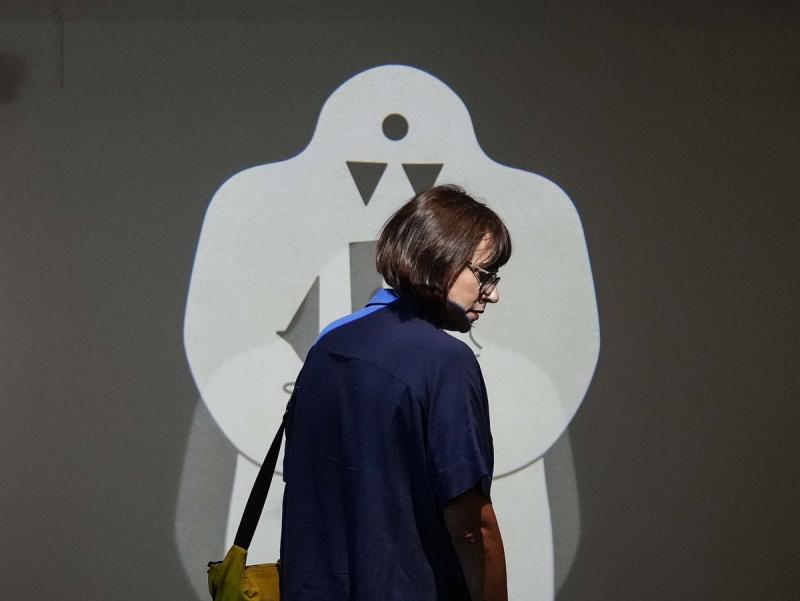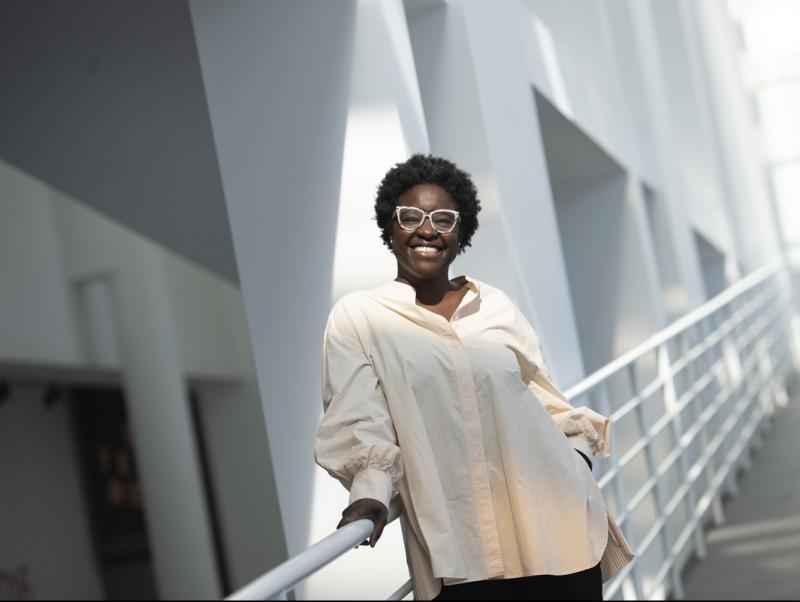A museum dedicated to forbidden art
Journalist and businessman Tatxo Benet turns the Casa Garriga Nogués into a museum hosting a permanent collection of forbidden works
The journalist and businessman Tatxo Benet (Lleida, 1957) began to dream of a museum of censored works of art about four years ago, just after making the germinal acquisition of his collection: the portrait gallery Political prisoners in contemporary Spain, by Santiago Sierra, which survived only a few hours at the Arco fair in Madrid. Those were the most tense moments of the conflict between Catalonia and Spain and Benet, an independence supporter, was very upset to see that “no one did anything” when this piece evaporated from the event. Only one artist, the Catalan Pere Llobera, withdrew his works in protest. Benet, co-founder of the Mediapro audiovisual group, also bought one.
A couple of months later, he decided to piece together a collection exclusively dedicated to works of art which had been attacked, verbally and/or physically, in Spain, Catalonia, or anywhere else on the planet. He needed a permanent venue for this, so he created the Museum of Prohibited Art, which opened its doors last month at Casa Garriga Nogués on C/ Diputació, the radiant modernist building by architect Enric Sagnier, which is returning to its cultural use. From 2008 to 2015, it was the headquarters of the Godia Foundation, before housing the Mapfre Foundation and then moving to Barceloneta.
“As a museum it is unique in the world,” says Rosa Rodrigo, former Director of Strategic Development for Commercial and Public Business at the Reina Sofía Museum. Benet’s collection is home to more than 200 pieces, including works by Warhol, Picasso, Azcona, Serrano, Klimt and Ai Weiwei; of these, 42 have been selected for the first exhibition, spread over 2,000 square metres.
Some of the most striking pieces include fifteen copies of the first edition of Goya’s Capritxos, one of the fiercest ever criticisms of humankind, which the artist himself removed from the market for fear of retaliation from the Holy Inquisition (this is also the oldest piece in the exhibition); Piss Christ, by Andrés Serrano, one of the most famous contemporary photographers in the world; The Western and Christian Civilisation, by Léon Ferrari; the installation Silence, by Zoulikha Bouabdellah; and Suite 347, by Pablo Picasso.
Everything that has been the subject of suppression has hopefully found a safe home in Tatxo Benet’s new museum (which continues to buy works: censorship does not stop, neither does he). The price of entry: 12 euros.
Feature art




